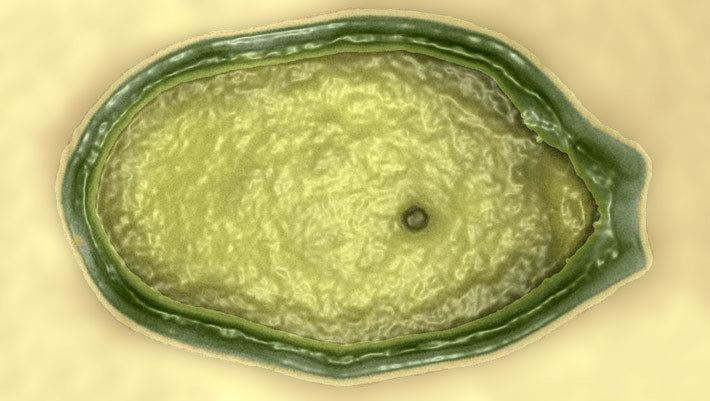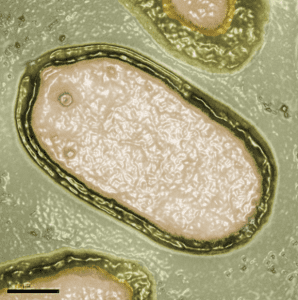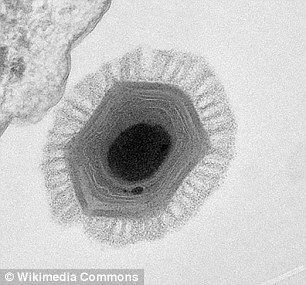Group Group I (dsDNA) Higher classification Pandoraviridae | Order Unassigned Scientific name Pandoravirus Rank Genus | |
Similar | ||
Scoperto virus gigante al polo nord pithovirus magavirus pandoravirus
Pandoravirus, first announced in a 2013 paper, is a genus of giant virus with the largest genome size and second largest physical size of any known viral genus. Like the other very large viruses Mimivirus, Pithovirus and Megavirus, Pandoravirus infects amoebas, but its genome, containing 1.9 to 2.5 megabases of DNA, is twice as large as that of Megavirus, and it differs greatly from the other large viruses in appearance and in genome structure.
Contents

Although the capsid of Pithovirus is 50% larger in size, Pandoravirus has the largest genome among all known viruses.

Discovery

The discovery of pandoraviruses, by a team of French scientists led by husband and wife team Jean-Michel Claverie and Chantal Abergel, was announced in a report in the journal Science in July 2013. Other scientists had previously observed the pandoravirus-like particles, but owing to their enormous size, they were not expected to be viruses. Patrick Scheid, a parasitologist from the Central Institute of the Bundeswehr Medical Service in Koblenz, Germany, found one in 2008, in an amoeba living in the contact lens of a woman with keratitis. Its development within the amoebal host was documented extensively. Unlike in other cases with such giant viruses, these microorganisms within Acanthamoebae were not mistaken as bacteria. The authors initially termed them "endocytobionts".

Mimivirus, a nucleocytoplasmic large DNA virus with a genome size of about 1.1 megabases, had been discovered in 1992 but not recognized as a virus until 2003. Megavirus, discovered in seawater off the coast of Chile in 2011, has a genome size of approximately 1.2 megabases.

The prior discovery of these viruses prompted a search for other types of large amoeba-infecting viruses, which led to the finding of two species; Pandoravirus salinus, found in seawater taken from the coast of Chile, with a genome size of ~2.5 megabases; and Pandoravirus dulcis, found in a shallow freshwater pond in La Trobe University, Melbourne, Australia, with a 1.9 megabase genome.
Description

Pandoraviruses have a size approaching 1 micrometer (1000 nm) and a blob-like shape resembling some types of bacteria. The genome of the larger variant, Pandoravirus salinus, was reported to contain 2556 putative protein-coding sequences, of which only 6% had recognizable relationships with genes from other known organisms. Phylogenetic approach reveals that these viruses do not cluster in other giant virus families, thereby forming a distinct clade. The dissimilarity of the remaining genes to any that are known led the researchers to speculate that this virus may represent a previously unknown branch of the tree of life. However, experts not involved in the study have called that suggestion premature because supporters provide no evidence for the idea.
